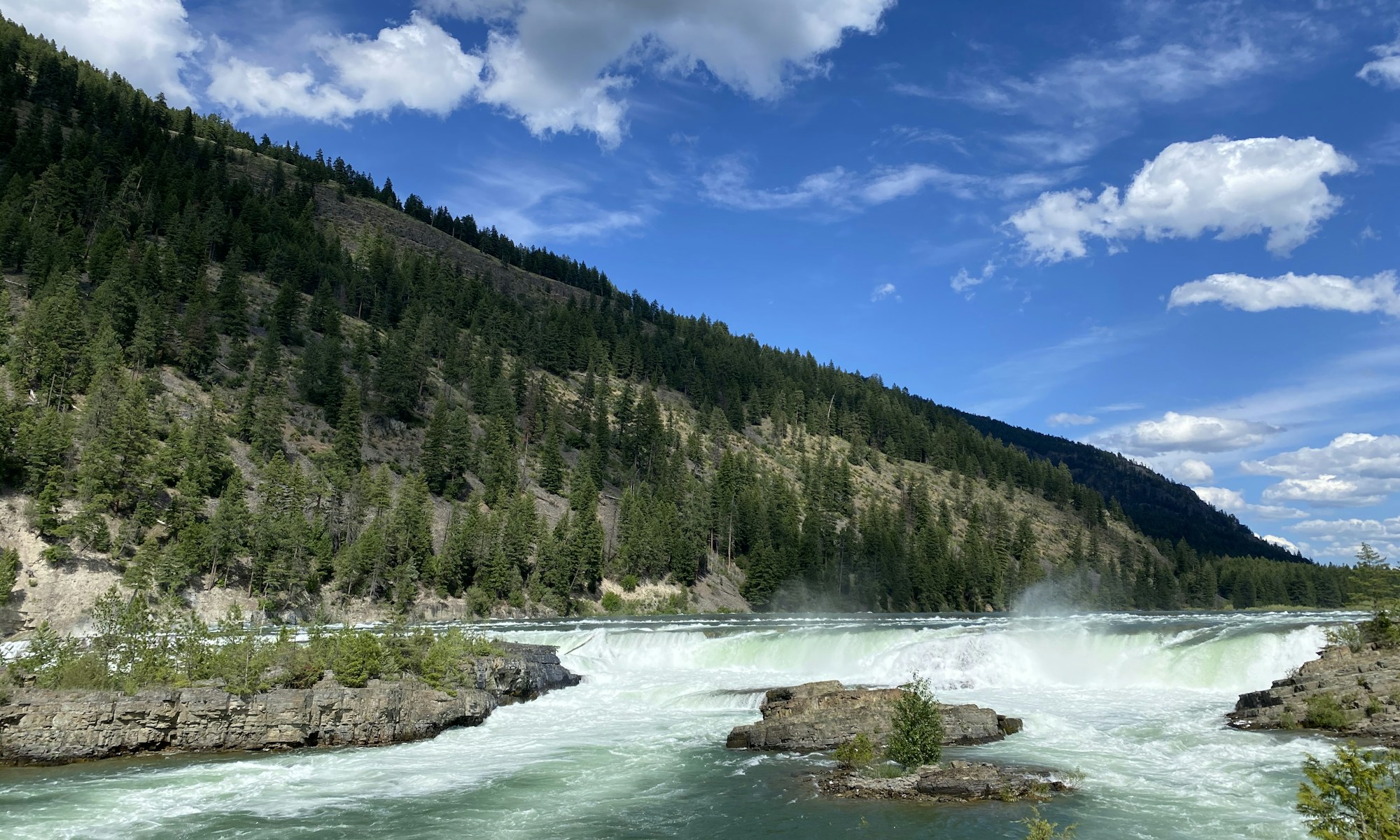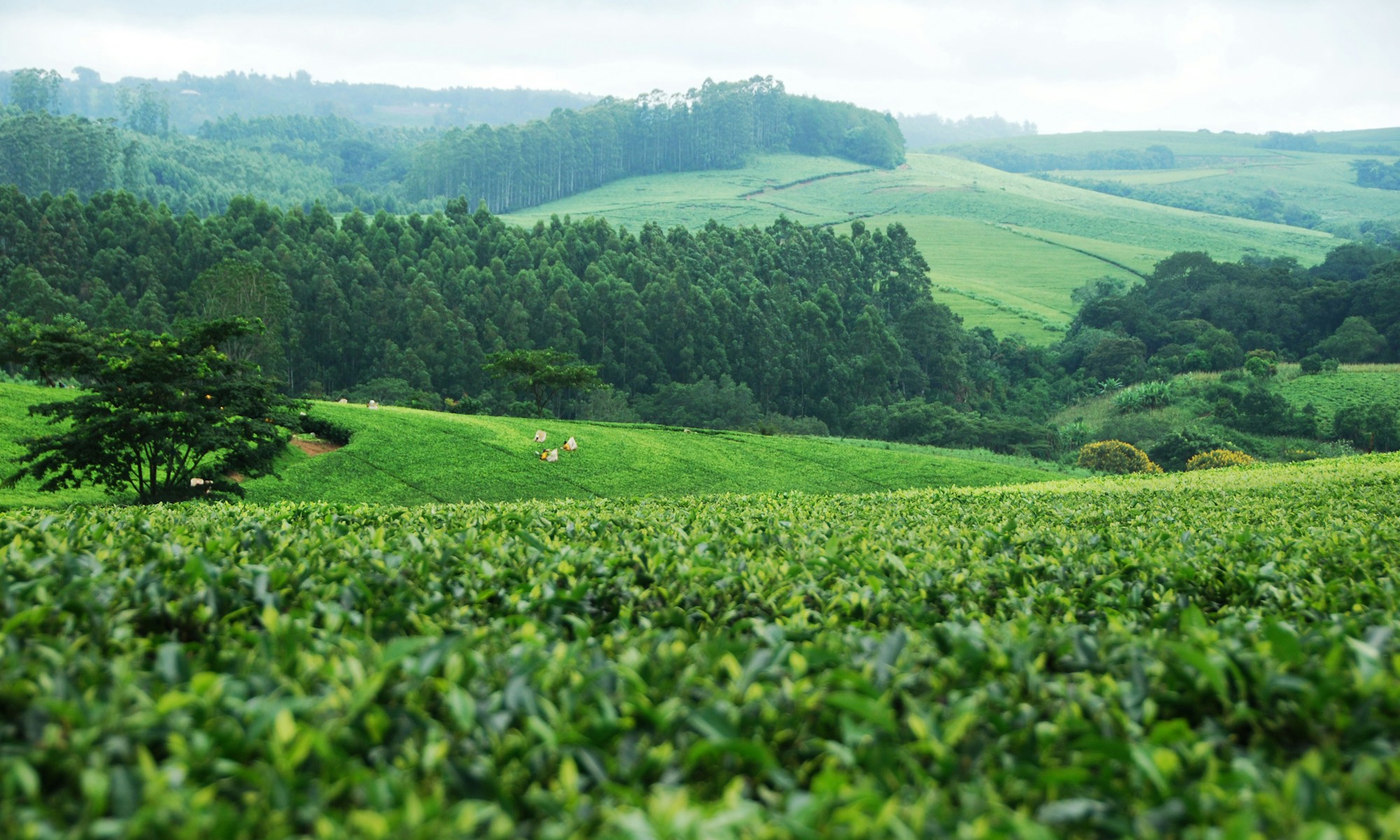4 April 2023 – by Lauren Grant and Gaia Hasse
“An atlas of human suffering,” a “damning indictment of failed climate leadership” and a “survival guide for humanity” – these are a few of the words that United Nations Secretary-General António Guterres has used to refer to the Intergovernmental Panel on Climate Change’s (IPCC) Sixth Assessment Report (AR6), released March 20, 2023.
While the full report has not yet been released, the published Summary for Policymakers alludes to the increasing certainty of the UN’s leading scientific body on the link between climate change impacts and human mobility, which has been evolving throughout the five preceding IPCC Assessment Reports, published since 1990. Just as those that have preceded it, the summary will play a key role influencing the political agendas of governments on climate change.
What does the AR6 say about climate-related migration & displacement?
The summary specifies that climatic and weather extremes are increasingly driving migration, involuntary mobility and disaster displacement in almost every region of the world, noting the disproportionate impacts of climate-related mobility for Small Island Developing States (SIDS). These findings are consistent with the realities that climate and disaster-related displacement are occurring across the globe, with an average of more than 20 million people displaced internally related to extreme-weather events each year since 2008, with South Asia, East Asia and the Pacific being the hardest hit regions.
The report emphasizes that exposure to climate-related hazards, which increase the vulnerability of frontline communities to a host of displacement drivers – such as floods, storms, droughts and sea-level rise – is set to worsen with every 0.5℃ of warming. Weather extremes are expected to increase in frequency and intensity, yielding to greater climate variability, posing serious threats to crop productivity, related livelihoods and food security across local and global scales. Heatwaves, for example, will likely occur 4.1 times more frequently with 1.5℃ of warming.
Overall, the summary highlights that climate change impacts on people and ecosystems are already more widespread than expected and future risks will escalate rapidly as temperatures rise – which is already having, and will only continue to have devastating impacts for the forced displacement of increasingly vulnerable communities.
While the 2013/2014 IPCC Fifth Assessment Report (AR5) offered a nuanced approach into the ways in which migration can be – and for many in several parts of the world already is – a viable adaptation strategy, the AR6 Summary for Policymakers does not thoroughly cover migration as a form of adaptation. Instead, the summary briefly mentions that voluntary migration may reduce exposure to climate-related risks, if facilitated in a safe and orderly fashion and cautions that migration should not always be considered a form of adaptation. The report points out that migration, relocation and resettlement can be considered forms of response to climate change, without diving deeper into ongoing policy debates which highlight the opportunities and problematics of migration as a form of adaptation.
Migration as a form of adaptation to climatic and environmental impacts? Framing the issue.
On one hand, the caution imbued within the IPCC’s AR6 approach to migration as a form of adaptation speaks to the needs and aspirations of many frontline communities to voluntarily remain in place and adapt (voluntary immobility), and the importance of climate adaptation policies which empower people to do so. On the other hand, growing evidence of migration as an adaptation strategy around the world brings the issue into the spotlight. For example, migration is increasingly used as an adaptation strategy in the case of the millions of India’s landless Dalits, the victims of desertification in northeast Brazil and the historic floods in Pakistan, exposing the escalating effects of climate (in)justice.
Hence, the IPCC’s minimal discussion around these nuances presents a missed opportunity to put these crucial considerations on the table of state-led climate policy-makers, particularly at a time in which states are increasingly recognizing human mobility within their National Adaptation Plans (NAPs). According to recent findings by SLYCAN Trust, for example, as of March 2023, 82.5% of the NAPs submitted to the UNFCCC and NAP Central reference one or more forms of human mobility, and 70% of NAPs contain concrete provisions or commitments to address mobility in some way.
While the Longer AR6 Report calls upon states and key stakeholders to work in cooperation to remove barriers by opening up safe, orderly and humane pathways for migration in the context of climate change and disasters, it fails to examine the ways in which such measures can be linked to states’ broader adaptation and resilience-building efforts. This is crucial because the vast majority of policy developments dealing with human mobility in the context of climate change have placed greater emphasis on reducing migration and displacement drivers through mitigation and adaptation efforts, and less on facilitating movement explicitly. Further, despite that climate change impacts pose serious threats to the enjoyment of human rights, as has been recognized within the Paris Agreement and the UNFCCC, the IPCC summary only briefly allied to human rights and the need for rights-based approaches to address the adverse effects of climate change, without mentioning rights in the context of climate-related migration and displacement.
What could AR6 findings and shortcomings mean for the rights-based protection of displaced persons?
The AR6 Long Report underscores that rights-based, socially-just and redistributive approaches to mitigation and adaptation tend to lead to greater outcomes for reducing vulnerability and exposure to climate risks, enhanced resiliency and more sustainable development. However, the document fails to explicitly link these findings to questions of climate-related mobility and displacement. As protecting and upholding the rights of all persons in the context of climate change poses a series of challenges for climate change, disaster risk reduction, migration and sustainable development policies, an enhanced focus on these links to the nuanced debates on migration as a form of adaptation and voluntary and involuntary immobility is urgent and should not be overlooked.
Under international human rights law, states hold obligations to protect the rights of individuals. These include basic rights to food, housing, employment and education, access to health, water and sanitation, gender equality and Indigenous rights, as well as the right to migrate and seek asylum. Recent and momentous developments, such as the United Nations resolution declaring the human right to a clean, healthy and sustainable environment and the historical resolution adopted by consensus at the United Nations General Assembly (UNGA) requesting an advisory opinion from the International Court of Justice (ICJ) on the obligations of States with respect to climate change, are catalysts for rights-based climate action on multiple levels. In line with the Paris Agreement, governments should integrate their existing human rights obligations and commitments into national climate and broader environmental policies, particularly through their National Adaptation Policies (NAPs) and Nationally Determined Contributions (NDCs).
States must not miss the opportunities for scaling up climate action as outlined in the IPCC summary, but should go beyond in their the efforts to ensure that the human rights of all – whether they migrate, are forcibly displaced or remain in place (voluntarily or involuntarily) – are respected and protected in the context of climate change.





















